Are you fascinated by the Earth's natural history? These are the geology museums you should visit in Lower Saxony:

Roemer-und-Pelizaeus-Museum
HildesheimThe Roemer and Pelizaeus Museum, located in Hildesheim, Germany, is a renowned institution dedicated to art and archaeology. The museum is named in honor of Hermann Roemer and Wilhelm Pelizaeus, two significant figures in its establishment and development.
State Natural History Museum
BrunswickOpened in 1754 as the Ducal Art and Natural History Cabinet, the museum has a rich history. It houses both scientific collections and exhibition collections. The scientific study collection is significantly larger than the publicly accessible part of the permanent exhibition, indicating the depth and breadth of the museum's resources.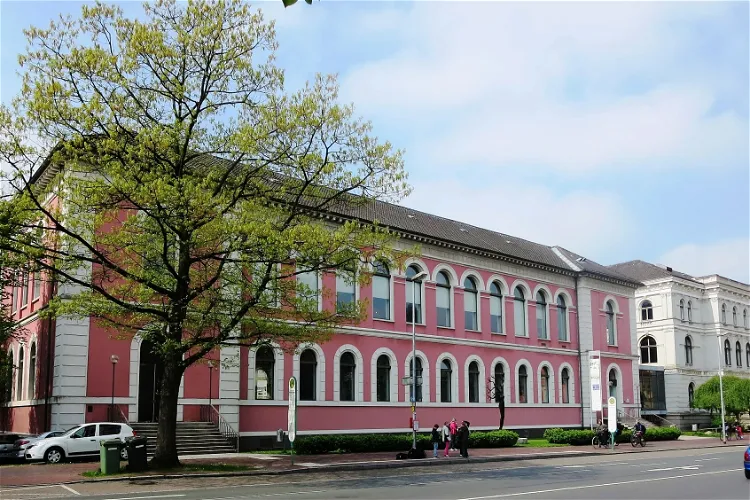
State Museum for Nature and Man
OldenburgThe State Museum for Nature and Man in Oldenburg is a regionally significant collection museum. It houses departments of Archaeology, Natural History, and Ethnology, offering a diverse range of exhibits for visitors to explore. The museum's interdisciplinary permanent exhibition covers the themes of Moor, Geest, and Coast & Marsh, providing a comprehensive insight into the natural and cultural history of the region.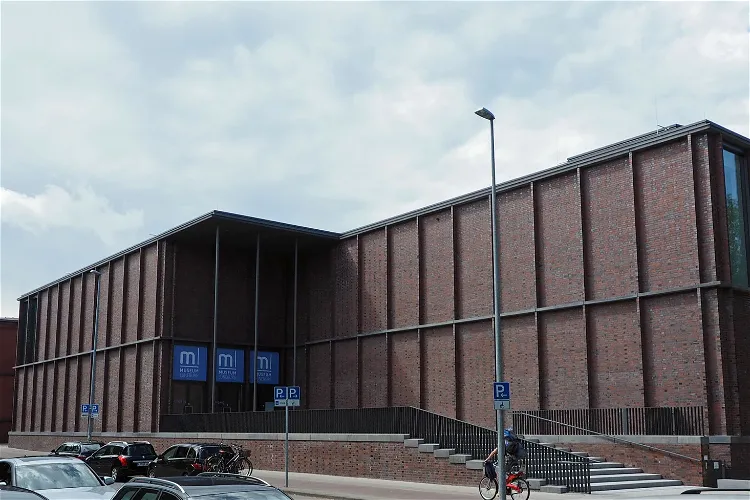
Museum Lüneburg
LüneburgMuseum Lüneburg is dedicated to the exploration of the cultural landscape of the Lower Saxon Hanseatic city of Lüneburg and its surroundings. It provides a comprehensive insight into the region's history, culture, and natural environment, making it a valuable destination for those interested in understanding the area's past and present.
Aquarium Wilhelmshaven
WilhelmshavenAquarium Wilhelmshaven is a public aquarium and museum located in the city of Wilhelmshaven, Lower Saxony. It is situated along the South Beach Promenade on the Jade Bight, offering visitors a unique combination of natural beauty and educational exhibits.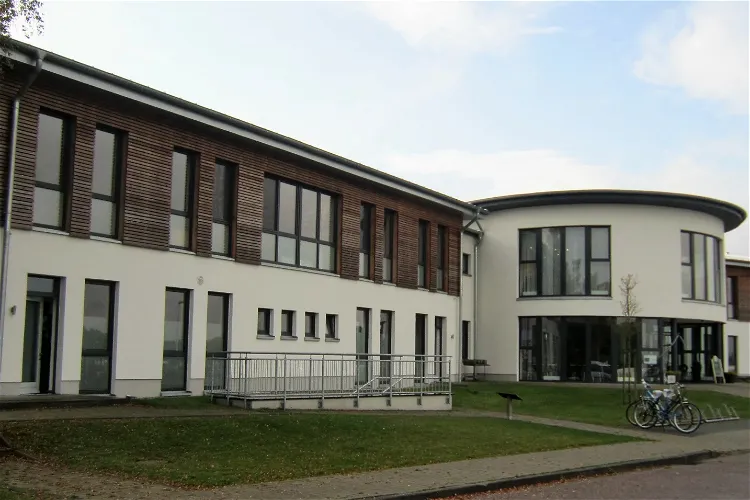
MOORWELTEN
StröhenThe European Specialist Centre for Moor and Climate (EFMK) is a multifaceted entity that operates as a society, oversees various projects, and runs an exhibition and administration centre. This centre, located in Ströhen in the Diepholz Moorland in Lower Saxony, is more commonly known to the public as Moorwelten. It serves as a hub for information and activities related to moor and climate protection.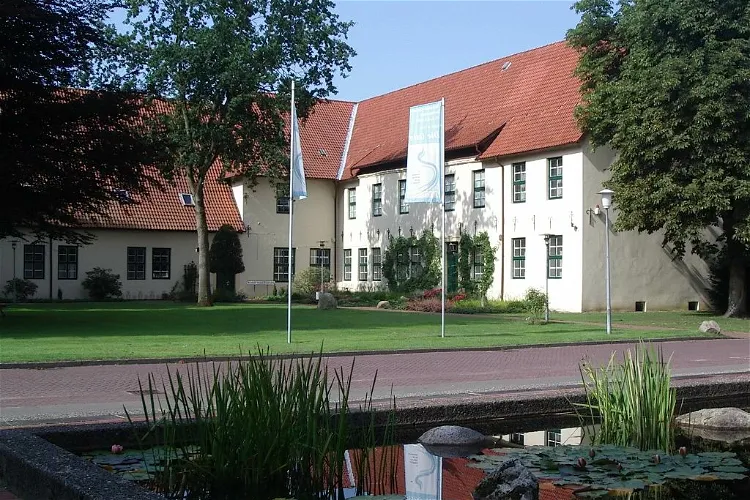
Bachmann-Museum Bremervörde
BremervördeThe Bachmann-Museum in Bremervörde is a unique institution that combines regional history and natural history. It is the largest museum in the Rotenburg (Wümme) district, making it a significant cultural and educational hub in the region. Visitors can expect to explore a wide range of exhibits that delve into the rich history and natural wonders of the area.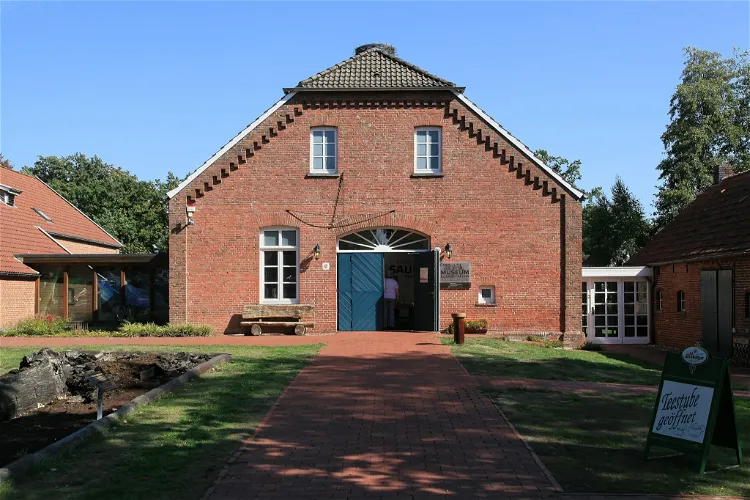
Moor- und Fehnmuseum Elisabethfehn
ElisabethfehnThe Moor- und Fehnmuseum Elisabethfehn is a peat museum situated in the Fehnkolonie Elisabethfehn, within the municipality of Barßel. The museum is conveniently located directly on the Elisabethfehn canal, making it easily accessible for visitors.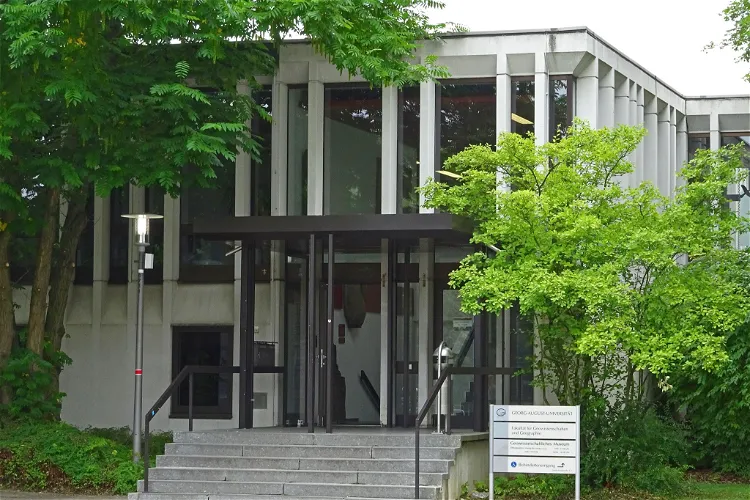
Museum of Geology
GöttingenThe museum's collections are vast, including over 4.5 million objects and series in more than 20 sub-collections. This makes it the fourth largest geoscientific collection in Germany, offering a wide range of exhibits for visitors to explore and learn from.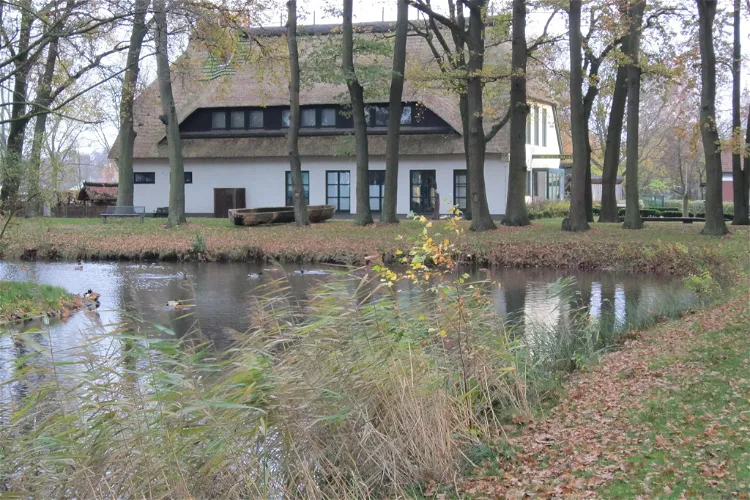
Dümmer-Museum Lembruch
LembruchThe Dümmer-Museum in Lembruch is a museum dedicated to the natural and cultural history of Dümmer. It is part of the district museum Syke, which is supported by the district of Diepholz. The museum was inaugurated in 1968 and has since been a significant part of the cultural landscape of the region.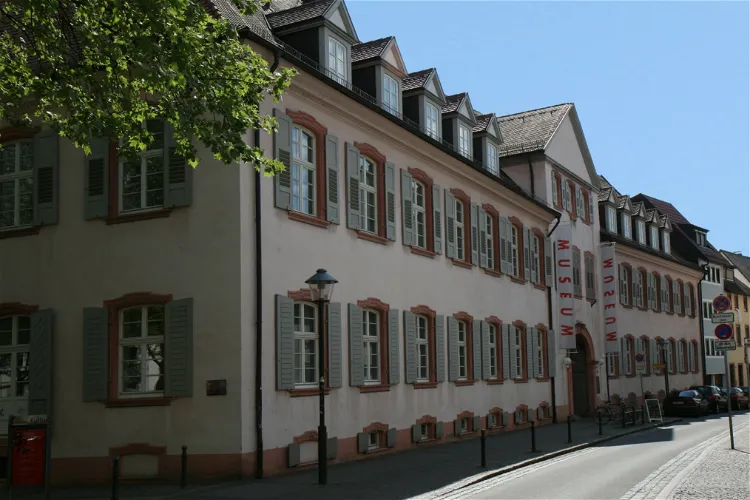
Museum im Ritterhaus
Osterode am HarzThe Museum im Ritterhaus, situated in Offenburg, Baden-Württemberg, is a historical institution that was inaugurated in 1900 by Carl Frowin Mayer. Originally, it was established as a 'Museum for Natural and Ethnology', showcasing a diverse range of exhibits related to natural history and ethnology.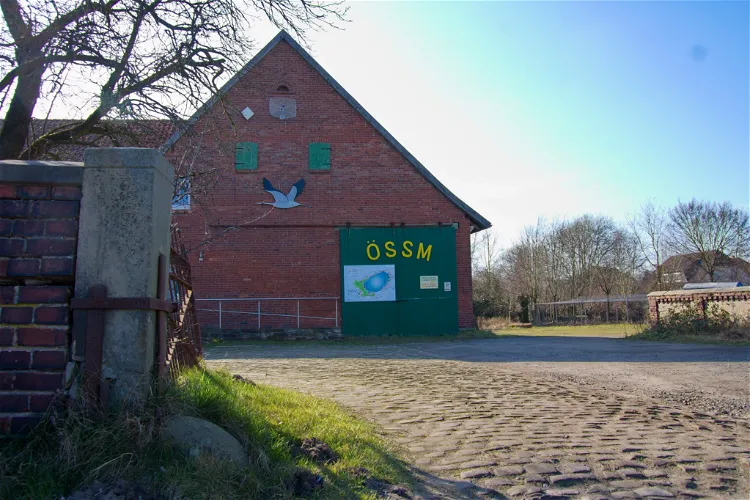
Ökologische Schutzstation Steinhuder Meer (ÖSSM)
Rehburg-LoccumThe Ökologische Schutzstation Steinhuder Meer (ÖSSM) is a regional nature conservation organization situated at Steinhuder Meer in Rehburg-Loccum. Established in 1991, the organization has been dedicated to the protection and conservation of the local flora and fauna. It is a great place for tourists who are interested in nature and conservation efforts.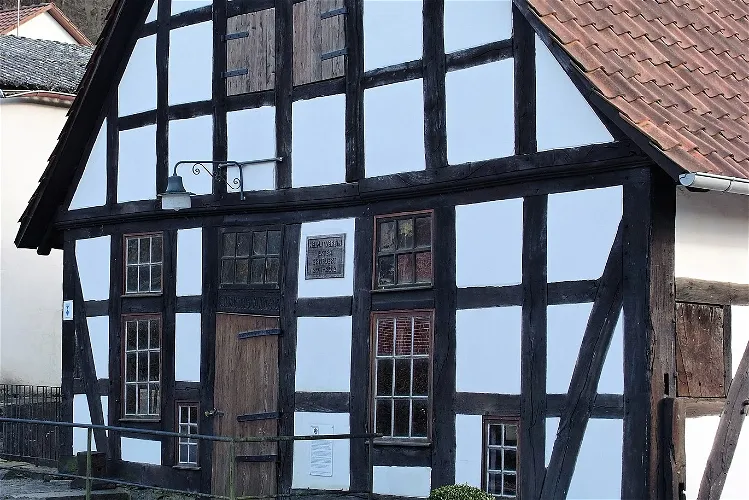
Industriemuseum Oberer Eisenhammer
RintelnThe Oberer Eisenhammer, located in the district of Exten in the city of Rinteln, is a former iron hammer mill that is now protected as an industrial monument. This historical site was founded around the year 1745, making it a significant part of the region's industrial history.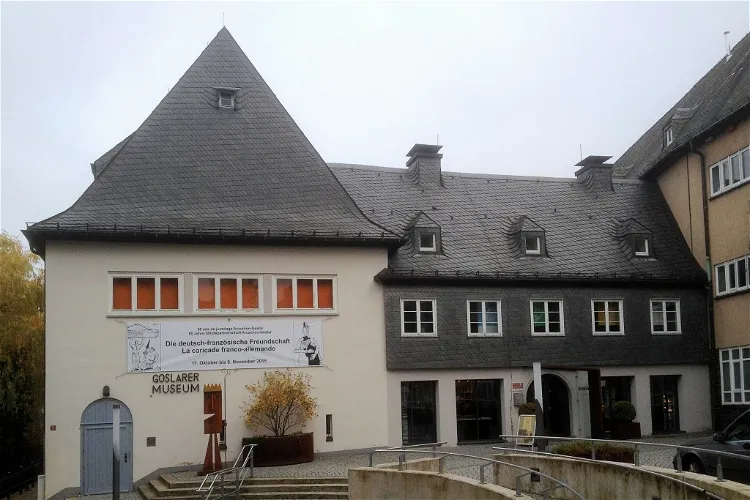
Goslarer Museum
GoslarThe Goslarer Museum is a historical, geological, and archaeological museum located in the German city of Goslar. It offers a unique opportunity to explore the rich history and geology of the region through its diverse collections.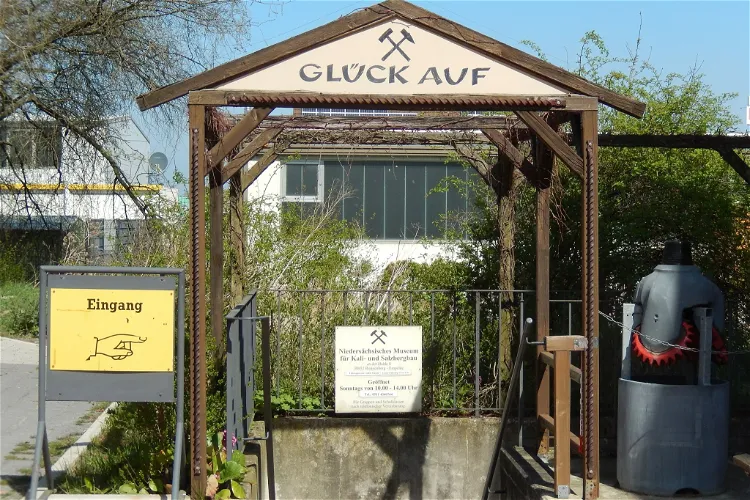
Niedersächsisches Museum für Kali- und Salzbergbau
RonnenbergThe Niedersächsische Museum für Kali- und Salzbergbau is situated in the Empelde district of the city of Ronnenberg, in the Hannover region. This location is easily accessible and offers a unique insight into the history and processes of potash and salt mining in the region.